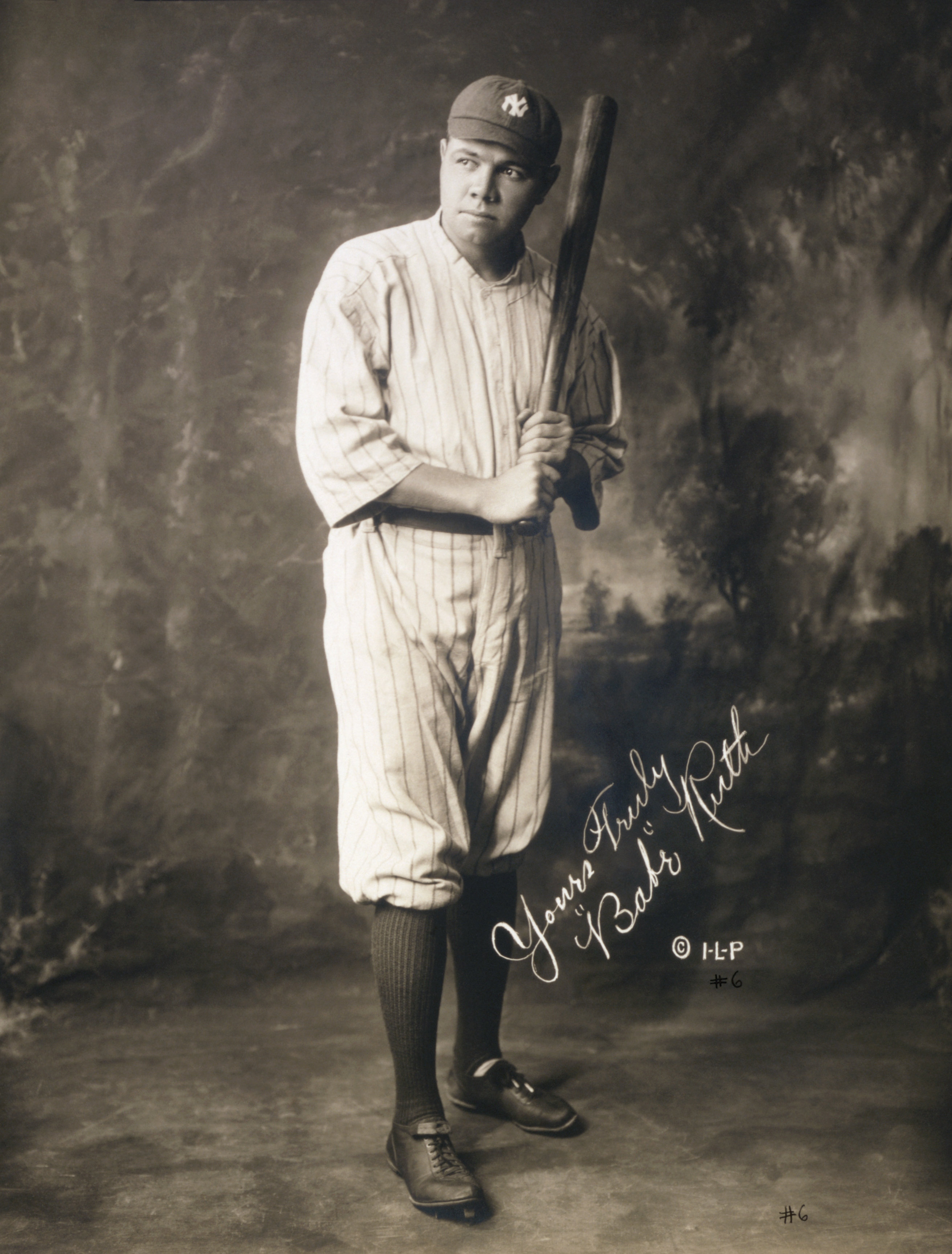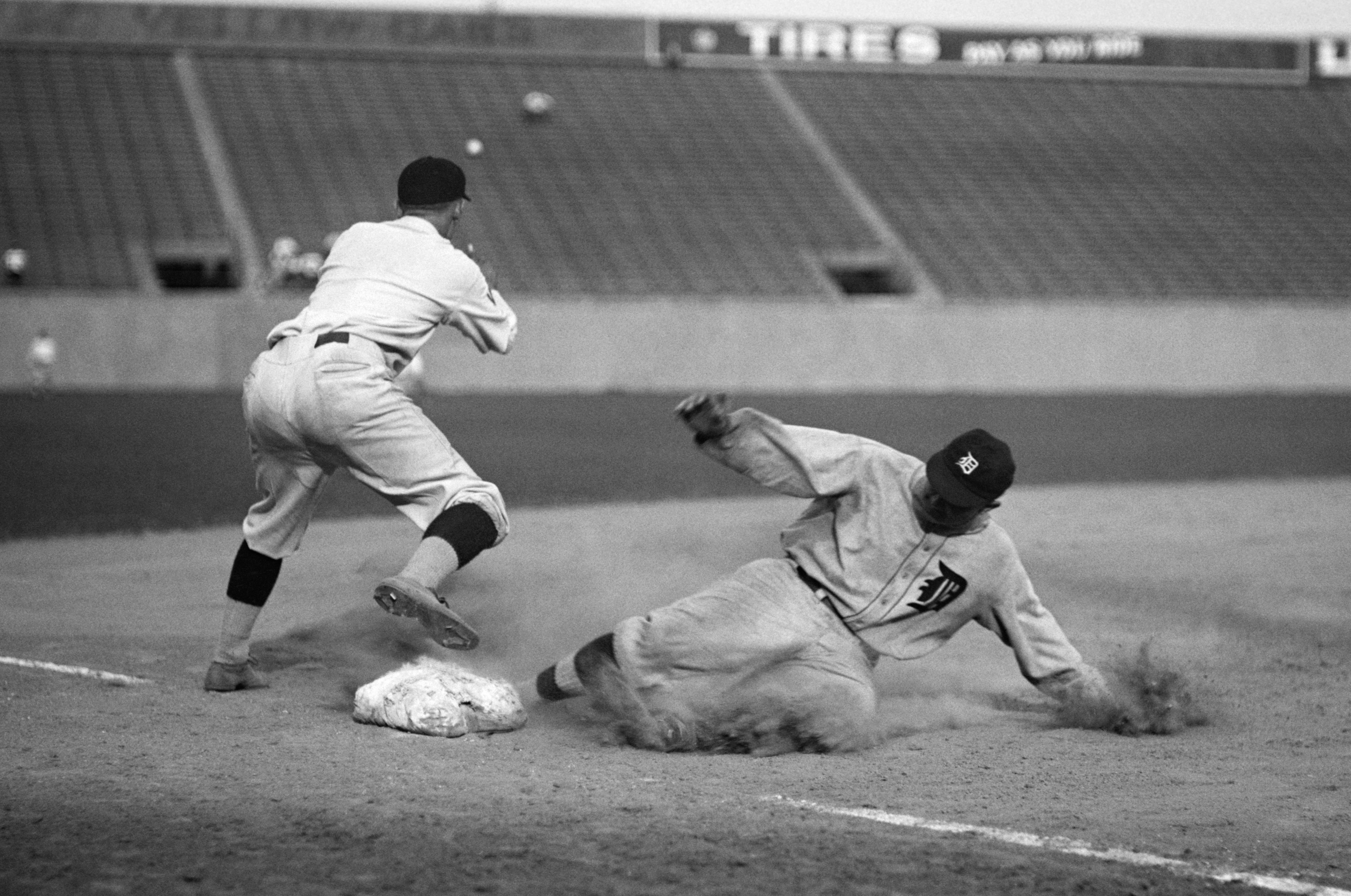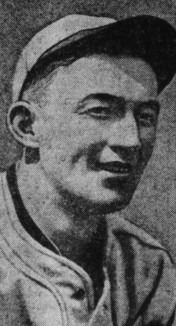|
Jack Clements
John J. "Jack" Clements (July 24, 1864 – May 23, 1941) was an American professional baseball player. He played as a catcher in Major League Baseball for 17 seasons. Despite being left-handed, Clements caught 1,076 games, almost four times as many as any other left-handed player in major league history and was the last left-hander to catch on a regular basis. He is credited with being the first catcher to wear a chest protector. __TOC__ Baseball career Born in Philadelphia, Clements began his major league career in 1884 in the Union Association. He played as a catcher/outfielder for the Philadelphia Keystones until the team folded in August. Clements then went to the National League, signing with the Philadelphia Quakers to finish the year. Clements spent the next 13 seasons with the Quakers (who became the Phillies in 1890), and became the team's regular catcher in 1888. He also served as a player-manager during part of the 1890 season when manager Harry Wright suffered ... [...More Info...] [...Related Items...] OR: [Wikipedia] [Google] [Baidu] |
Catcher
Catcher is a Baseball positions, position in baseball and softball. When a Batter (baseball), batter takes their at bat, turn to hit, the catcher crouches behind home plate, in front of the (home plate, home) Umpire (baseball), umpire, and receives the ball from the pitcher. In addition to this primary duty, the catcher is also called upon to master many other skills in order to field the position well. The role of the catcher is similar to that of the wicket-keeper in cricket. Positioned behind home plate and facing toward the outfield, the catcher can see the whole field, and is therefore in the best position to direct and lead the other players in a defensive play. The catcher typically calls for pitches using hand signals. The calls are based on the pitcher's mechanics and strengths, as well as the Batting (baseball), batter's tendencies and weaknesses. Essentially, the catcher controls what happens during the game when the ball is not "in play". Foul tips, bouncing balls in ... [...More Info...] [...Related Items...] OR: [Wikipedia] [Google] [Baidu] |
Philadelphia Quakers (NL)
The history of the Philadelphia Phillies of Major League Baseball's National League began on November 1, 1882 with the organization of the Philadelphia Ball Club Limited. In 1883, this organization won the franchise rights to Philadelphia when the city was selected to replace the Massachusetts-based Worcester Worcesters, Worcesters, who had folded after the 1882 season. The franchise made its first post-season appearance in 1915, losing to the Boston Red Sox in the 1915 World Series, World Series. The Phillies franchise also has the second-longest streak of consecutive losing seasons in American professional sports, 16 straight from 1933 to 1948; the record stood until 2009, when it was broken by the Pittsburgh Pirates. After another National League pennant in 1950, the Phillies did not return to the postseason until 1976, beginning a period of extended success for the franchise. From 1975 to 1983, they won five East Division championships as well as the first-half championship i ... [...More Info...] [...Related Items...] OR: [Wikipedia] [Google] [Baidu] |
Slugging Percentage
In baseball statistics, slugging percentage (SLG) is a measure of the batting productivity of a hitter. It is calculated as total bases divided by at bats, through the following formula, where ''AB'' is the number of at bats for a given player, and ''1B'', ''2B'', ''3B'', and ''HR'' are the number of singles, doubles, triples, and home runs, respectively: : \mathrm = \frac Unlike batting average, slugging percentage gives more weight to extra-base hits such as doubles and home runs, relative to singles. Plate appearances resulting in walks, hit-by-pitches, catcher's interference, and sacrifice bunts or flies are specifically excluded from this calculation, as such an appearance is not counted as an at bat (these are not factored into batting average either). The name is a misnomer, as the statistic is not a percentage but an average of how many bases a player achieves per at bat. It is a scale of measure whose computed value is a number from 0 to 4. This might not be r ... [...More Info...] [...Related Items...] OR: [Wikipedia] [Google] [Baidu] |
On-base Percentage
In baseball statistics, on-base percentage (OBP) measures how frequently a batter reaches base. An official Major League Baseball (MLB) statistic since 1984, it is sometimes referred to as on-base average (OBA), as it is rarely presented as a true percentage. Generally defined as "how frequently a batter reaches base per plate appearance", OBP is specifically calculated as the ratio of a batter's times on base (the sum of hits, bases on balls, and times hit by pitch) to the sum of at bats, bases on balls, hit by pitch, and sacrifice flies. OBP does not credit the batter for reaching base on fielding errors, fielder's choice, uncaught third strikes, fielder's obstruction, or catcher's interference. OBP is added to slugging average (SLG) to determine on-base plus slugging (OPS). The OBP of all batters faced by one pitcher or team is referred to as "on-base against". On-base percentage is calculable for professional teams dating back to the first year of National Associ ... [...More Info...] [...Related Items...] OR: [Wikipedia] [Google] [Baidu] |
Bases On Balls
A base on balls (BB), also known as a walk, occurs in baseball when a batter receives four pitches that the umpire calls '' balls'', and is in turn awarded first base without the possibility of being called out. The base on balls is defined in Section 2.00 of baseball's Official Rules, and further detail is given in 6.08(a). It is considered a faux pas for a professional player to literally walk to first base; the batter-runner and any advancing runners normally jog on such a play. The term "base on balls" distinguishes a walk from the other manners in which a batter can be awarded first base without liability to be put out (e.g., hit by pitch (HBP), catcher's interference). Though a base on balls, catcher's interference, or a batter hit by a pitched ball all result in the batter (and possibly runners on base) being awarded a base, the term "walk" usually refers only to a base on balls, and not the other methods of reaching base without the bat touching the ball. An importan ... [...More Info...] [...Related Items...] OR: [Wikipedia] [Google] [Baidu] |
Double (baseball)
In baseball, a double is the act of a batter striking the pitched ball and safely reaching second base without being called out by the umpire, without the benefit of a fielder's misplay (see error) or another runner being put out on a fielder's choice. A double is a type of hit (the others being the single, triple and home run) and is sometimes called a "two-bagger" or "two-base hit". For statistical and scorekeeping purposes it is denoted by 2B. Description Typically, a double is a well-hit ball into the outfield that finds the "gap" between the center fielder and one of the corner outfielders, bounces off the outfield wall and down into the field of play, or is hit up one of the two foul lines. To hit many doubles, a batter must have decent hitting skill and power; it also helps to run well enough to beat an outfield throw. Doubles typically drive in runs from third base, second base, and even from first base at times. When total bases and slugging percentages are ca ... [...More Info...] [...Related Items...] OR: [Wikipedia] [Google] [Baidu] |
Run (baseball)
In baseball, a run is scored when a player advances around first, second and third base and returns safely to home plate, touching the bases in that order, before three outs are recorded and all obligations to reach base safely on batted balls are met or assured. A player may score by hitting a home run or by any combination of plays that puts him safely "on base" (that is, on first, second, or third) as a runner and subsequently brings him home. Once a player has scored a run, they may not attempt to score another run until their next turn to bat. The object of the game is for a team to score more runs than its opponent. The Official Baseball Rules hold that if the third out of an inning is a force out of a runner advancing to any base then, even if another baserunner crosses home plate before that force out is made, his run does not count. However, if the third out is not a force out, but a tag out, then if that other baserunner crosses home plate before that tag out is made, ... [...More Info...] [...Related Items...] OR: [Wikipedia] [Google] [Baidu] |
Triple (baseball)
In baseball, a triple is the act of a batter safely reaching third base after hitting the ball, with neither the benefit of a fielder's misplay (see error) nor another runner being put out on a fielder's choice. A triple is sometimes called a "three-bagger" or "three-base hit". For statistical and scorekeeping purposes it is denoted by 3B. Triples have become somewhat rare in Major League Baseball, less common than both the double and the home run. This is because it requires a ball to be hit solidly to a distant part of the field (ordinarily a line drive or fly ball near the foul line closest to right field), or the ball to take an irregular bounce in the outfield, usually against the wall, away from a fielder. It also requires the batter's team to have a good strategic reason for wanting the batter on third base, as a stand-up double is sufficient to put the batter in scoring position and there will often be little strategic advantage to risk being tagged out whilst tr ... [...More Info...] [...Related Items...] OR: [Wikipedia] [Google] [Baidu] |
Society For American Baseball Research
The Society for American Baseball Research (SABR) is a membership organization dedicated to fostering the research and dissemination of the history and record of baseball primarily through the use of statistics. Established in Cooperstown, New York, on August 10, 1971, by sportswriter Bob Davids, it is based in Phoenix, Arizona. Its membership as of June 1, 2019, is 5,367. Membership While the acronym "SABR" was used to coin the word sabermetrics (for the use of sophisticated mathematical tools to analyze baseball), the Society is about much more than statistics. Well-known figures in the baseball world such as Bob Costas, Keith Olbermann, Craig R. Wright, and Rollie Hemond are members, along with highly regarded "sabermetricians" such as Bill James and Rob Neyer. Among Major League players Jeff Bajenaru was believed to have been (until 2006) the only active player with a SABR membership; Elden Auker, Larry Dierker, and Andy Seminick also have been involved. Some promine ... [...More Info...] [...Related Items...] OR: [Wikipedia] [Google] [Baidu] |
Gabby Hartnett
Charles Leo "Gabby" Hartnett (December 20, 1900 – December 20, 1972), nicknamed "Old Tomato Face", was an American professional baseball player and manager. He played almost his entire career in Major League Baseball as a catcher with the Chicago Cubs, from 1922 to 1940. He spent the final season of his career as a player-coach with the New York Giants in 1941. After his playing career, Hartnett continued his involvement in baseball as a coach and as a minor league manager. Hartnett was an all-around player, performing well both offensively and defensively. Known for his strong and accurate throwing arm, he routinely led the National League's catchers in caught stealing percentage and was the first major league catcher to hit more than 20 home runs in a season. During the course of his career, Hartnett took part in some of the more memorable events in Major League Baseball history including; Babe Ruth's Called Shot during the 1932 World Series, Carl Hubbell's strike-out perform ... [...More Info...] [...Related Items...] OR: [Wikipedia] [Google] [Baidu] |
Home Runs
In baseball, a home run (abbreviated HR) is scored when the ball is hit in such a way that the batter is able to circle the bases and reach home plate safely in one play without any errors being committed by the defensive team. A home run is usually achieved by hitting the ball over the outfield fence between the foul poles (or hitting either foul pole) without the ball touching the field. Far less common is the "inside-the-park" home run where the batter reaches home safely while the baseball is in play on the field. When a home run is scored, the batter is credited with a hit and a run scored, and a run batted in ( RBI) for each runner that scores, including himself. Likewise, the pitcher is recorded as having given up a hit and a run, with additional runs charged for each runner that scores other than the batter. Home runs are among the most popular aspects of baseball and, as a result, prolific home run hitters are usually the most popular among fans and consequently th ... [...More Info...] [...Related Items...] OR: [Wikipedia] [Google] [Baidu] |
Batting Average (baseball)
In baseball, batting average (BA) is determined by dividing a player's hits by their total at-bats. It is usually rounded to three decimal places and read without the decimal: A player with a batting average of .300 is "batting three-hundred". If necessary to break ties, batting averages could be taken beyond the .001 measurement. In this context, .001 is considered a "point", such that a .235 batter is 5 points higher than a .230 batter. History Henry Chadwick, an English statistician raised on cricket, was an influential figure in the early history of baseball. In the late 19th century he adapted the concept behind the cricket batting average to devise a similar statistic for baseball. Rather than simply copy cricket's formulation of runs scored divided by outs, he realized that hits divided by at bats would provide a better measure of individual batting ability. This is because while in cricket, scoring runs is almost entirely dependent on one's batting skill, in baseball ... [...More Info...] [...Related Items...] OR: [Wikipedia] [Google] [Baidu] |
.jpg)




.jpg)



